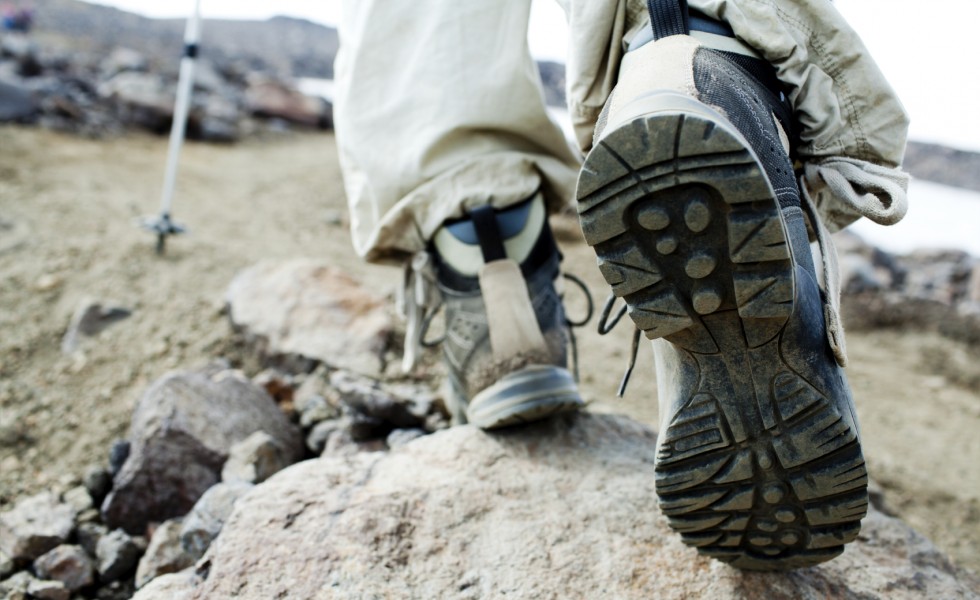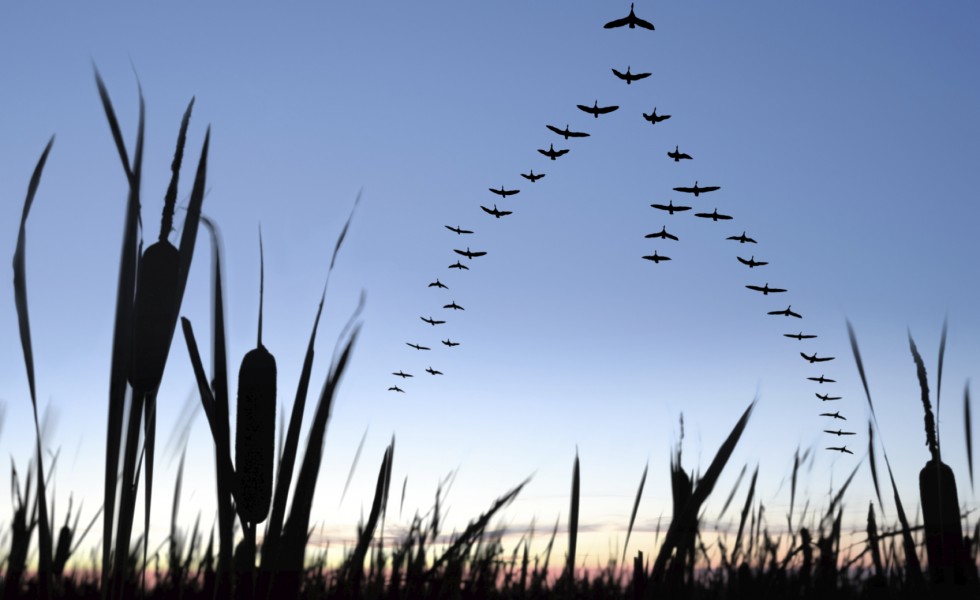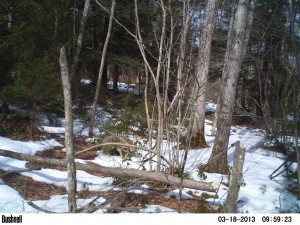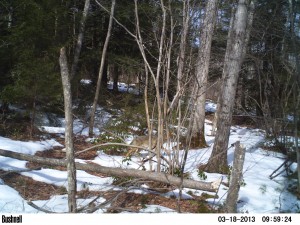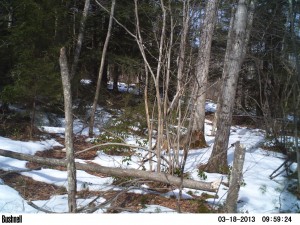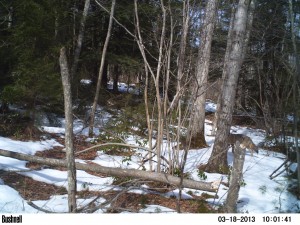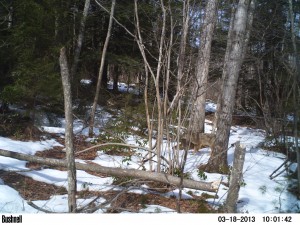
How Wolves Change Rivers
This video has been making the rounds recently, and for good reason. Reminiscent of Aldo Leopold’s Thinking Like a Mountain, it presents a convincing argument for the presence of large predators in ecosystems.
It’s beautiful, and I can almost guarantee that it will expand the way you view landscape.
Amherst College Beneski Natural History Museum
Spring is around the corner, but winter is still with us. If, on one of our upcoming cold days you’re looking for something that will keep you indoors, stop by the Beneski Natural History Museum at Amherst College in Amherst, MA.
On a very memorable and stormy day last summer I had the good fortune of visiting the museum with a waterlogged group of campers, and it was a highlight of our trip. Filled with dinosaur skeletons, geological samples that explain the complex history of the Connecticut River Valley, as well as the worlds largest collection of dinosaur tracks (all from the valley), this is a place to spend hours exploring the areas natural history.
Admission is free, but the hours are limited; visit their website to learn more.
A Sincere Compliment
I couldn’t agree more with Jeremiah Anthony’s classmates: he is an inspiration.
Taking the simple idea of challenging bullying with compliments, he has affected his entire high school and created an environment of positivity that impacts students of all ages.
So many of us, including myself, have experienced bullying at some point in our lives. So, it’s heartwarming to know that, in addition to Adventure In, Adventure Out’s You Belong program, there are other individuals, organizations, and schools working to counteract the destructiveness of bullying.
To check out West Side Bros on Twitter go here, and visit our site to learn more about our You Belong anti-bullying program.
Richard Louv on Education and Nature Deficit Disorder
In this clip from Mother Nature’s Child, journalist and author Richard Louv discusses the negative effects of modern education and its impact on both students and teachers. Referencing the numerous recent studies on children and exposure to nature, Louv jokes that “if you want your kids to get into Harvard, tell them to go outside.” He also asserts that “when we take nature away from people, we take away their ability to be full human beings.”
Today’s lesson, no matter your age: Go outside and play!
Outdoor Learning: Education’s Next Revolution?
In this article, psychology researchers from Notre Dame point out, “The right brain, which governs much of our self-regulation, creativity and empathy grows through full-body experience.” This is the part of our brain that helps us manage our emotions and delay gratification. Check out how time in an outdoor environment, as well as unstructured time can not only help develop creativity and imagination, but also compassion, ability to navigate emotions and personal resilience. What a difference these skills make for youth as they face the demands of the 21st Century.
Top 10 Characteristics of Transformational Leaders
A short but well encapsulated article highlighting the leadership traits that enable one to affect real change and transformation in one’s surroundings. As you read this, consider where you see these qualities show up in your own person, even in your day to day life. A significant part of growing as a leader is in identifying where these qualities already reside in you. This set you up in a position of seeing yourself as having ability. The next step is then learning how to do those things in an “on purpose” way.
Check it out: Top 10 Characteristics of Transformational Leaders
Peeking Into the Life of a Middle Schooler Through Poetry
This video has been circulating on the web for a little while now, but it is so very relevant to the experience we are creating with our “You Belong” program. It is the many feelings, struggles, hopes and doubts that can feel so isolating when exploring one’s identity. Yet, these very ingredients also create the recipe for belonging. The reason they can make us feel so alone is because we assume that no one else could ever feel this way. I must be the only one. And, so we try to keep them hidden, buried just below the surface of what we allow to be seen.
The problem is, if everyone does this, then we end up operating in a world where it seems like those fears, hopes and feelings don’t exist except within ourselves. This is the power and inspiration of vulnerability and compassion. Together, they help us construct a window where people can see into the real us. It is is there that we can realize we are not alone, we are not the only ones – that we can belong! So, how do we live lives where we can create that window? By doing exactly what Shane is doing here – stepping out with courage and sharing what is real!
“Bullying” Has Little Resonance With Teenagers
Below is a great article on the potential misses in the conversation between teens and adults around bullying, compassion and empathy! It is so important when we are working with our youth that we meet them at a place that they identify with. There is no meaning, interest or investment when we are not able to see ourselves in what is being presented. This is the key to compassion and empathy, the very things we hope to teach our youth when we confront bullying behaviors. Let’s be sure to practice the same empathy in our conversations with teenagers and see into their true experiences, rather than our own interpretation.
 Adventure In Adventure Out
Adventure In Adventure Out


